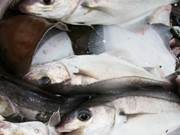
På oppdrag fra Nærings- og fiskeridepartementet har SINTEF analysert muligheten for lønnsom foredling av sjømat i Norge i framtida. Konklusjonen i den nye rapporten er at dersom...

På oppdrag fra Nærings- og fiskeridepartementet har SINTEF analysert muligheten for lønnsom foredling av sjømat i Norge i framtida. Konklusjonen i den nye rapporten er at dersom...
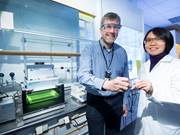
Framtidas fiskere skal slippe å bruke matfisk som lokkemat. Norsk ide om et duftende, syntetisk agn for linefiske er nå prisbelønt. Forskningsrådet har gitt sin Innovasjonspris...
...2020 was the year when people all over the world worried about their health and finances, as well as the future of their family and friends. It was also the year when we proved that we can face...
Organic Facies Modelling (OF-Mod)...

Lung cancer patients have poor prognoses. But the technology behind the new Covid vaccines may offer us more targeted and less harmful lung cancer treatments. Stock photo: Shutterstock Standard...
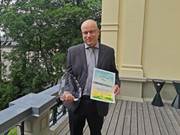
SINTEF’s Bjørn Gustavsen has been awarded the Norwegian National Committee of the International Council on Large Electric Systems (CIGRÉ)’s Scientific Award. Founded in Paris in 1931, CIGRÉ...
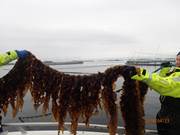
SINTEF, DNV, Equinor and Aker BP have signed an agreement to make the world’s first pilot project for active, nature-based carbon capture at sea a reality. The goal is to develop technology and...
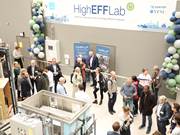
NTNU and SINTEF celebrated today the official opening of HighEFFLab: a national research infrastructure for experimental research in the field of energy efficiency. This research infrastructure...

Winter casting using VIP elements in the quay at Hotel Richard With in Stokmarknes. Using the newly-developed system, a single machine can heat twice the area possible with surface-mounted pipes....
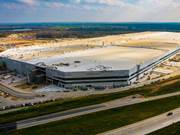
A new approach to making electrodes that will make battery manufacture less space-demanding and more energy efficient. This is Tesla’s enormous battery plant in Austin, Texas. Photo: Roschetzky...

For å møte fremtidens fôrbehov utvikler vi produksjonsteknologi og biologi for lavtrofiske arter som har potensial som fôrressurser. For å møte fremtidens fôrbehov...

Havet går mot mot lavere pH-nivå som følge av økt mengde karbondioksid (CO2) i atmosfæren. Dette kan få konsekvenser for livet i havet, særlig for organismer som...

There is an endless amount we still do not know about the ocean. The hope now is that this buoy in the Trondheim Fjord will provide us with answers about the state of the ocean - how we can look...

Which challenges does the green economy introduce to our power system and how can we use artificial intelligence to solve them?...
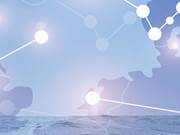
At a time when the climate challenge is fast becoming a climate emergency, the North Sea is an ideal platform for developing the climate technologies of the future, according to several leading...
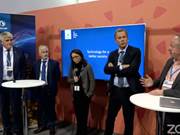
An international panel with participants from government, research and industry was unanimous in its recommendation: if we are to reach zero emissions by 2050, we must develop and scale up CCS...

SINTEF has launched the group initiative Biodiversity and Area Usage (shortened to KS Biodiversity), which will focus on the conservation of biological diversity, also in the midst of increasing...

The EU has awarded 25 MEUR to an ambitious project for European airports, to increase the use of new technologies in aviation. In Norway, AVINOR and SINTEF will contribute to green aviation. In...

Operators from Elkem Thamshavn are shown tapping liquid silicon from the furnace. Photo: Vegar Andersen Blog Every tonne of silicon we produce leads to emissions of around 5 tonnes of CO₂. Carbon...

Digital transformation is a major driver of development around the world, but the rough-and-tumble mining industry still has a way to go. A Chinese-Norwegian project will accelerate the process....